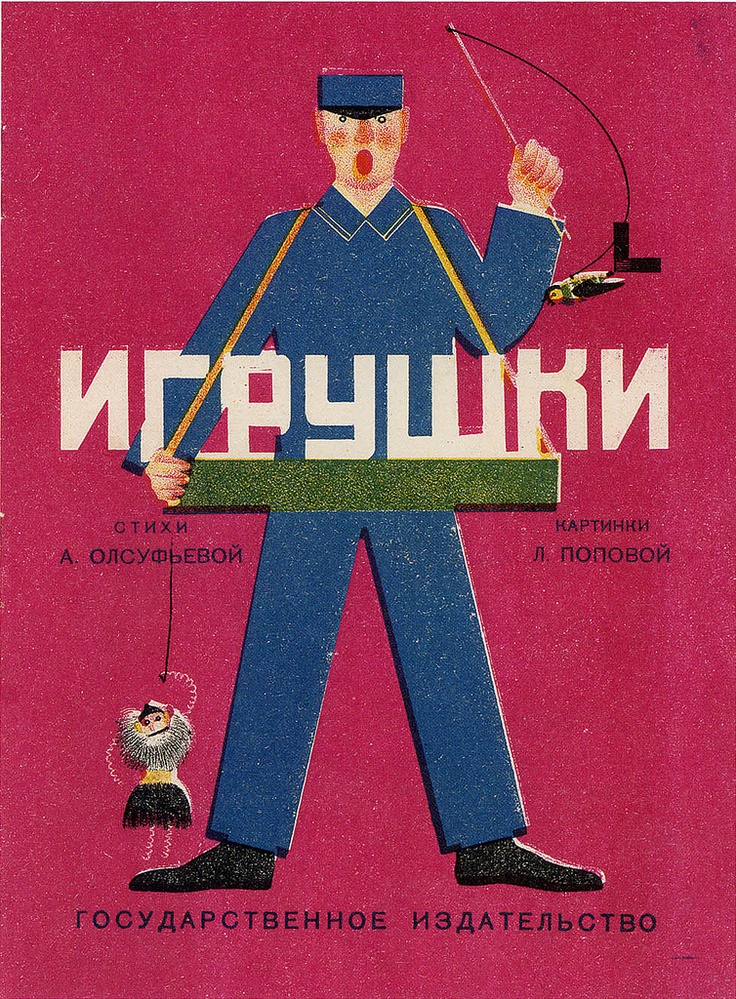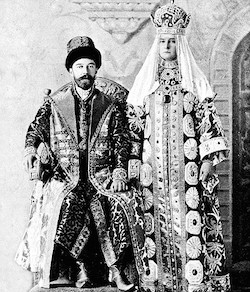By Yoo Kyung Sung, University of New Mexico,
and Junko Sakoi, Tucson Unified School District
This week, we discuss new patterns in portraying additional U.S. Asian groups in books by new transnational authors. Like books about Korean and Japanese people and cultures, we observed new themes and perspectives that differ from previous Asian-American books in the ’90s and 2000s. We wondered how such new insights and experiences came to be available for young readers. One big change we’ve observed is the growth of new career authors and illustrators who have different stories to tell compared to previous decades’ stories.


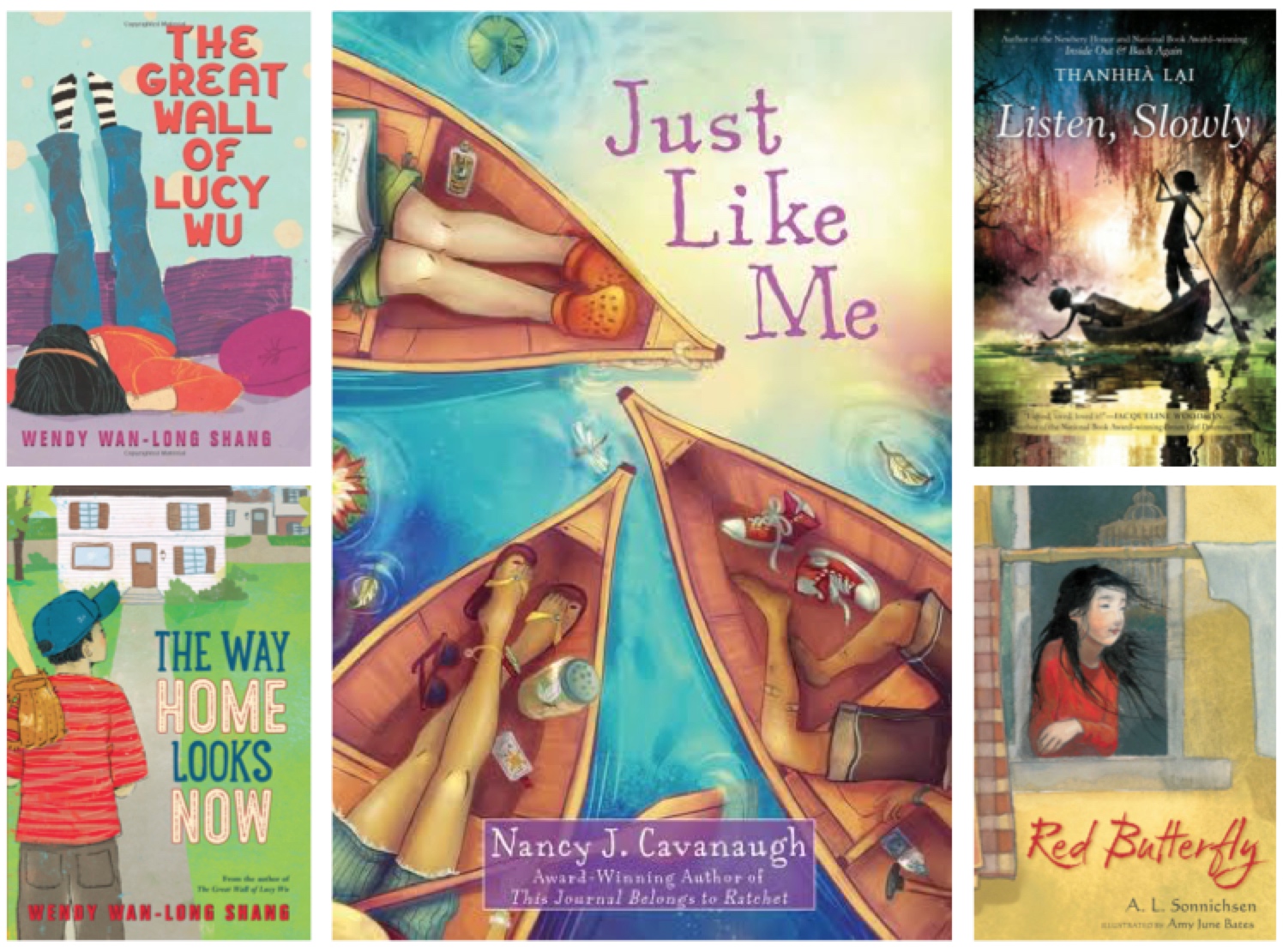
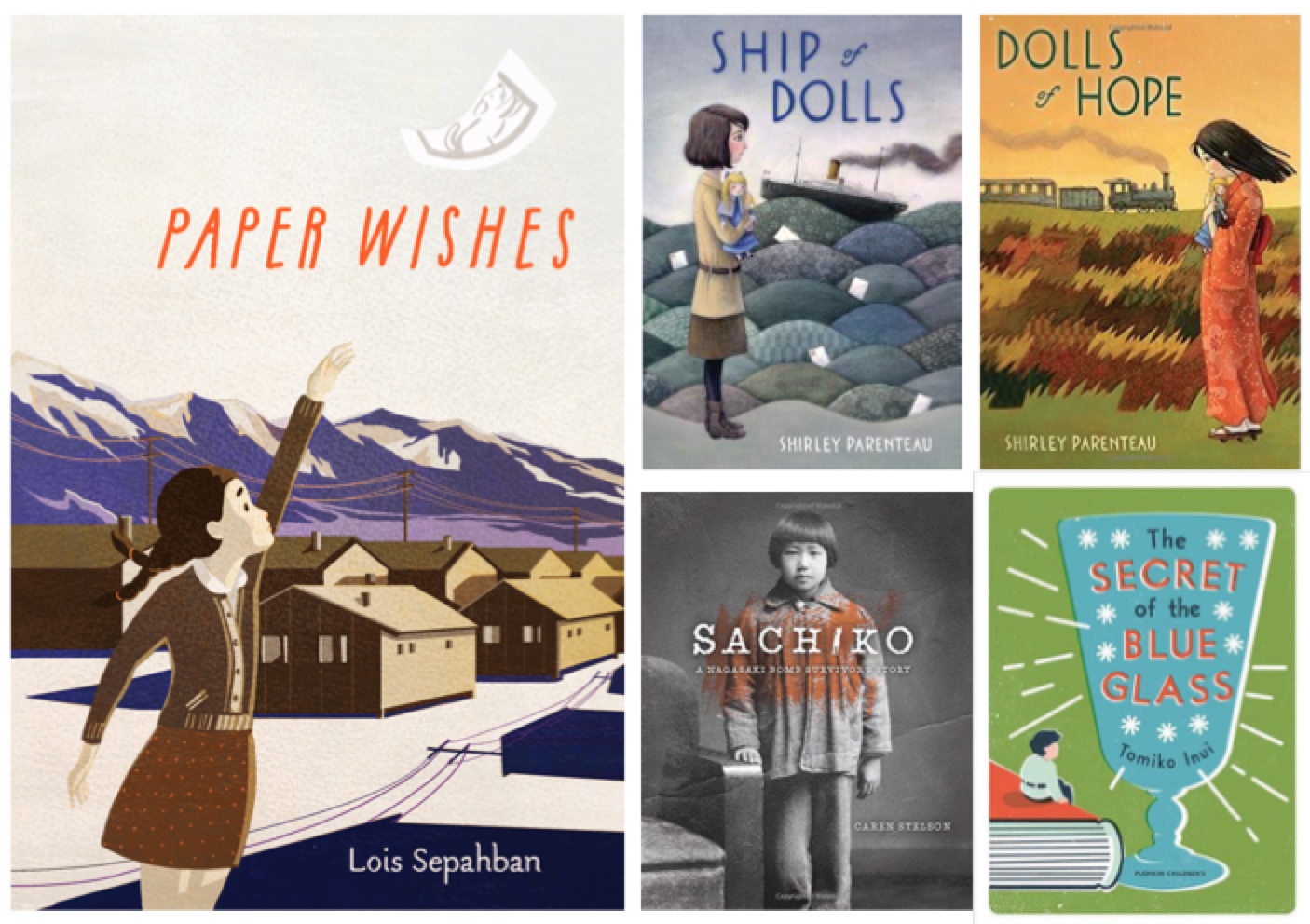
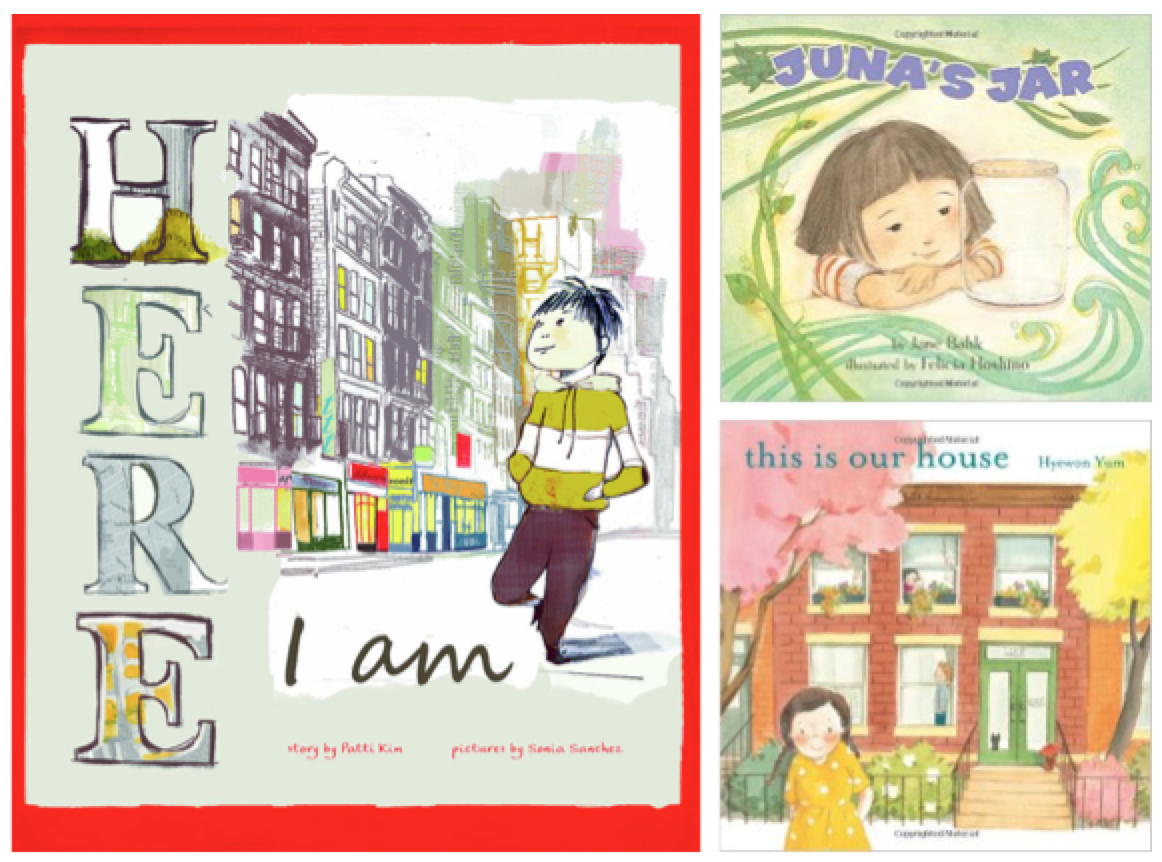
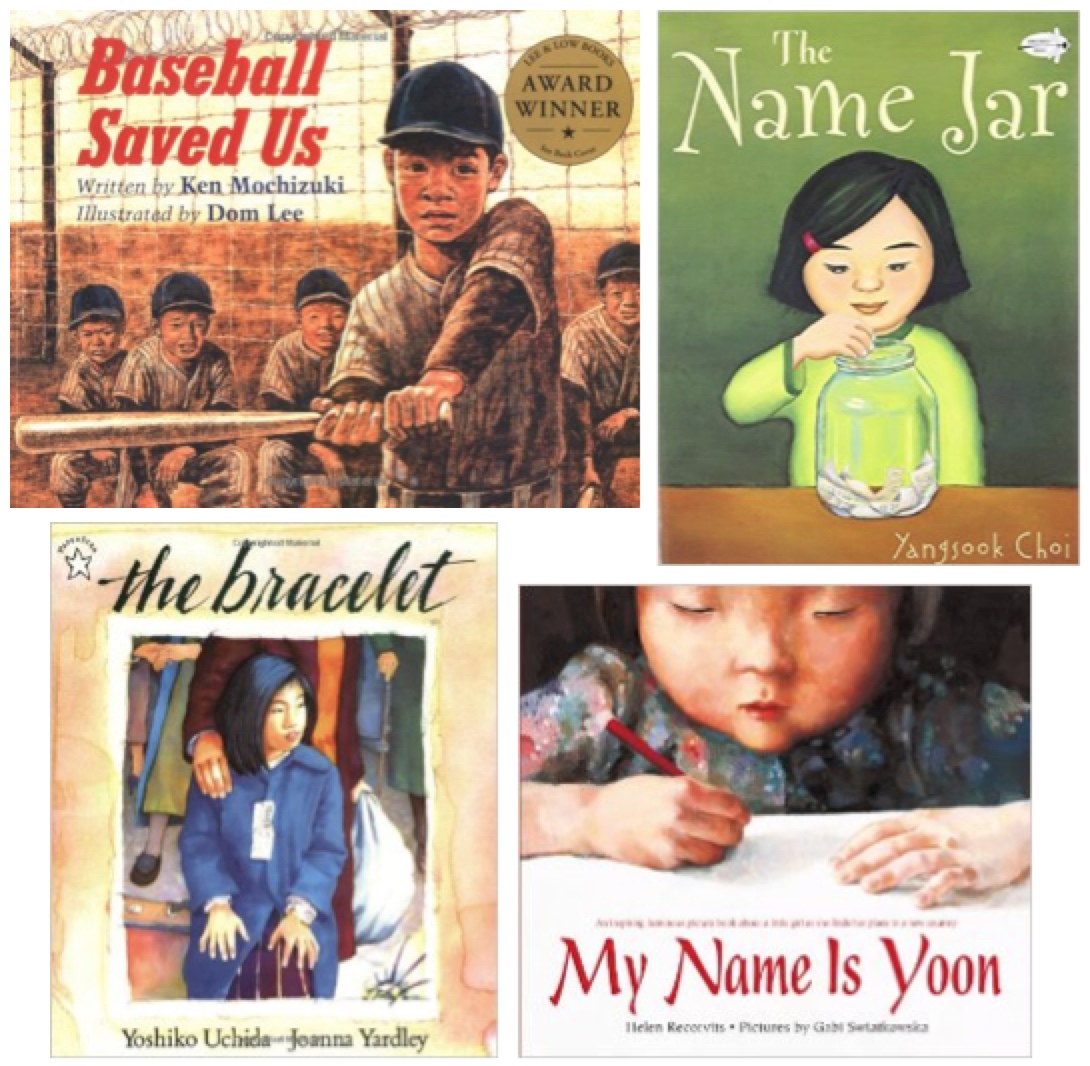

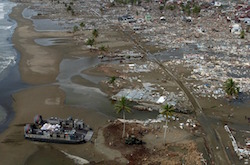
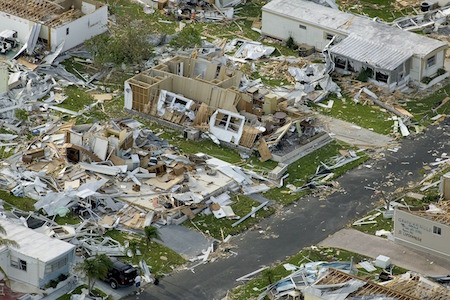
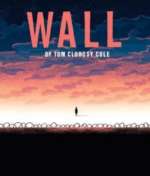 Language binds the past to the present. With the advent of high-tech, wireless devices that is even more evident as people interact in new and unique ways reflecting rapid evolution in language. New words are born every day while other words slip into obscurity. In many ways, everyday language becomes a “fashion” as it mirrors social changes, trends, and contemporary issues. Historically linked language became really evident to me some weeks ago when I was watching a Korean reality show. An actor in his late 40’s used the word “Soviet” in place of Russia. When hearing this, other participants teased him as a veteran of the Ice Age.
Language binds the past to the present. With the advent of high-tech, wireless devices that is even more evident as people interact in new and unique ways reflecting rapid evolution in language. New words are born every day while other words slip into obscurity. In many ways, everyday language becomes a “fashion” as it mirrors social changes, trends, and contemporary issues. Historically linked language became really evident to me some weeks ago when I was watching a Korean reality show. An actor in his late 40’s used the word “Soviet” in place of Russia. When hearing this, other participants teased him as a veteran of the Ice Age. 